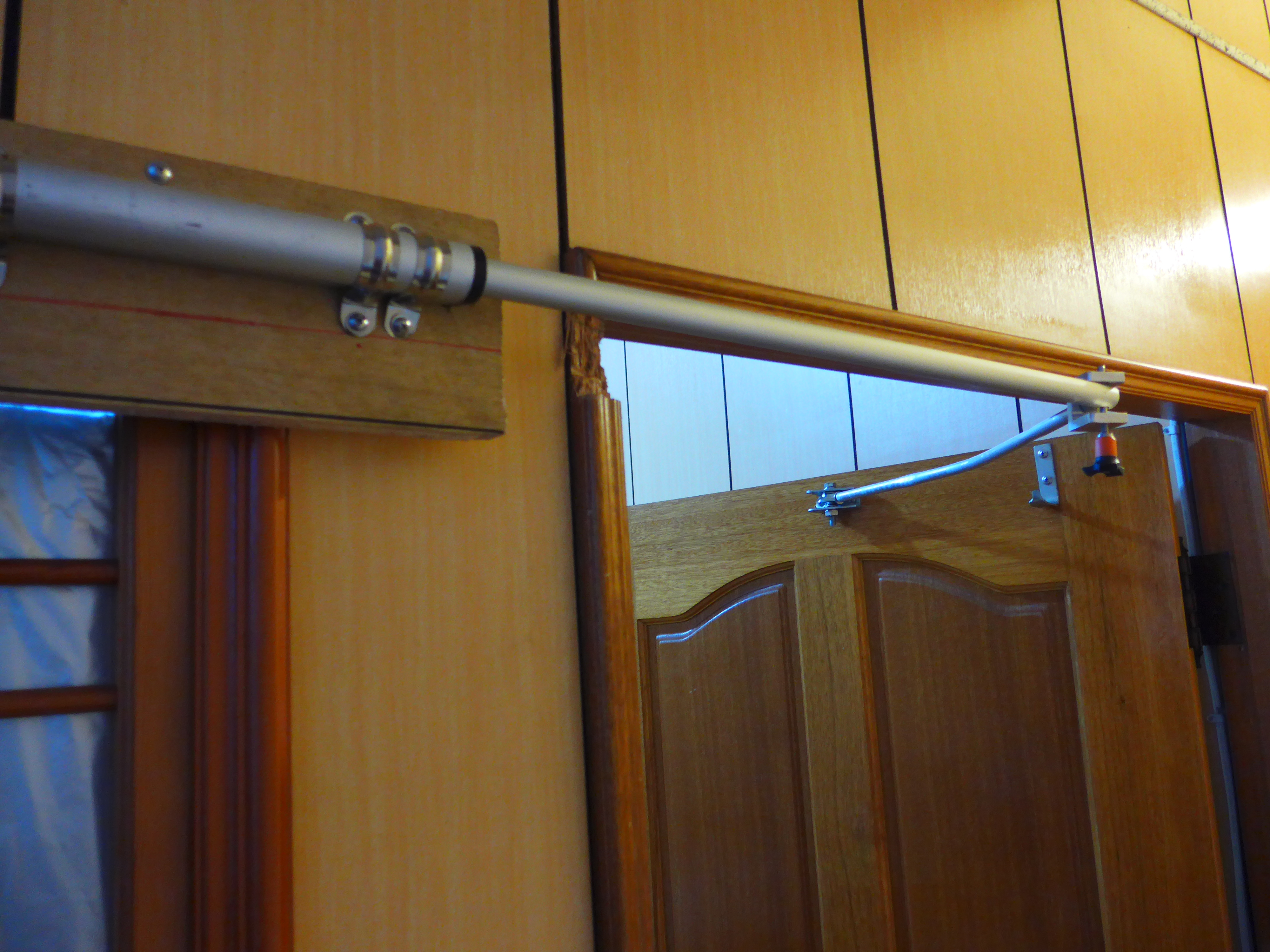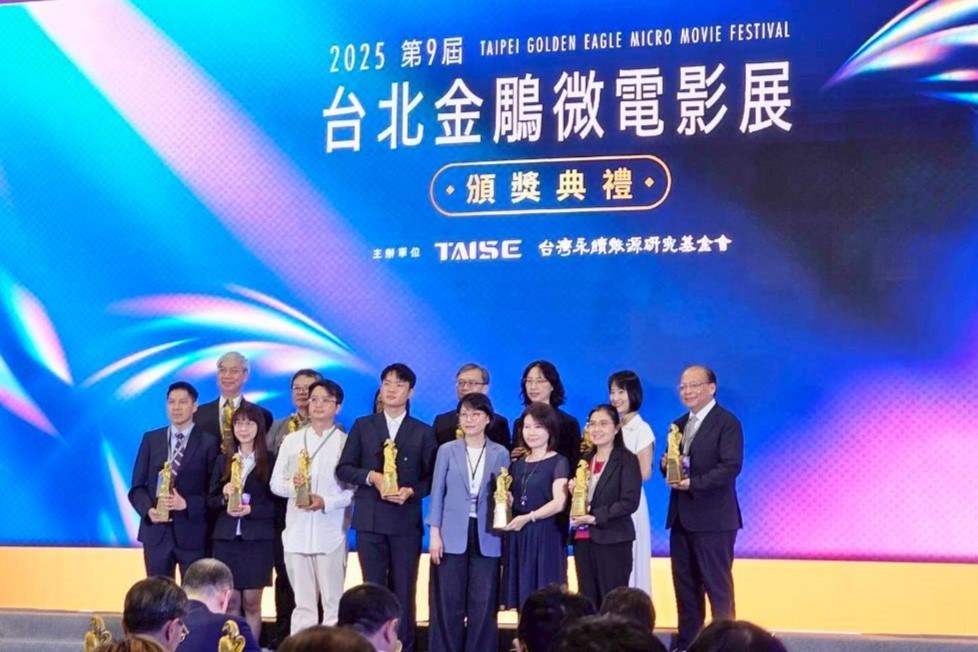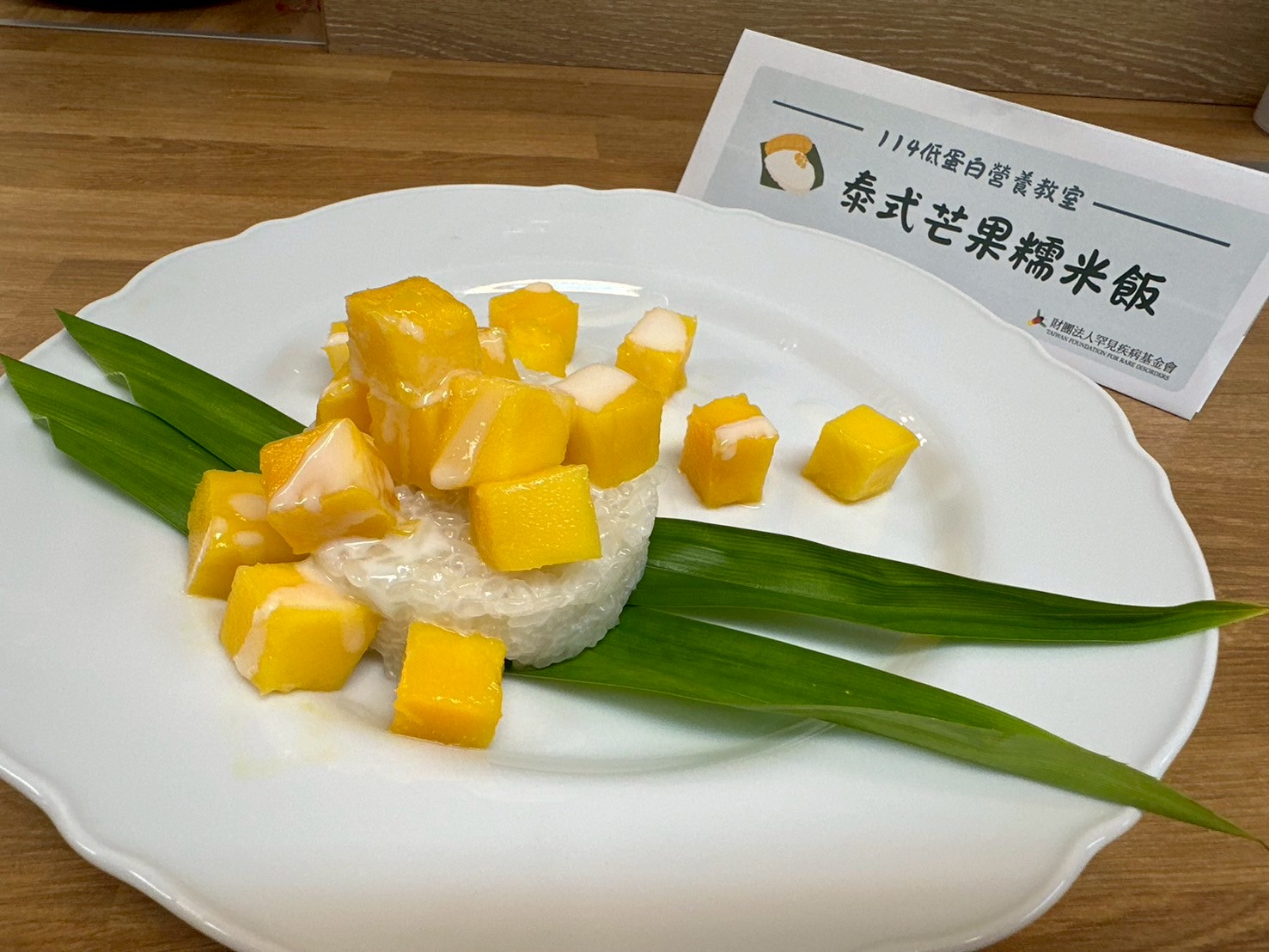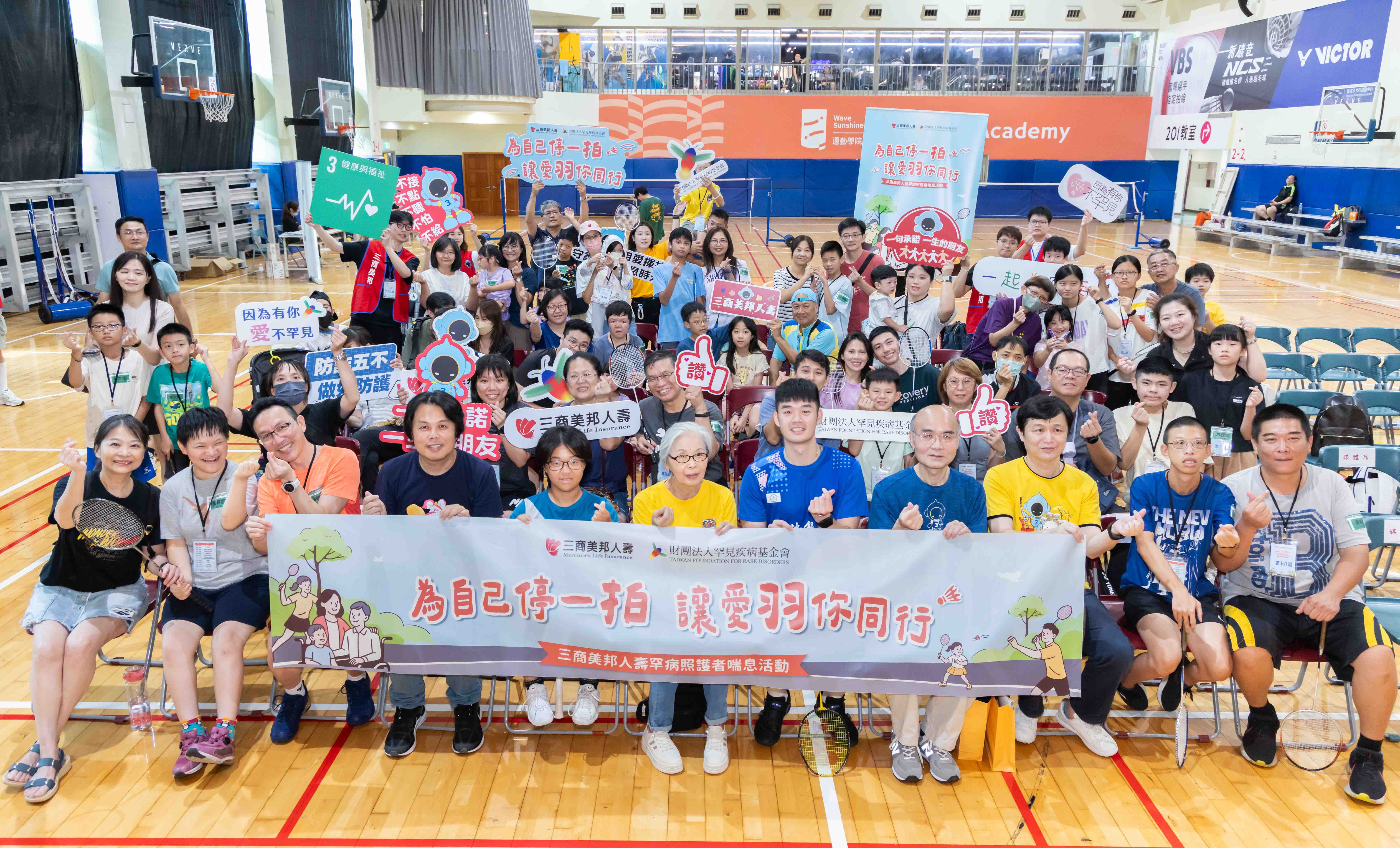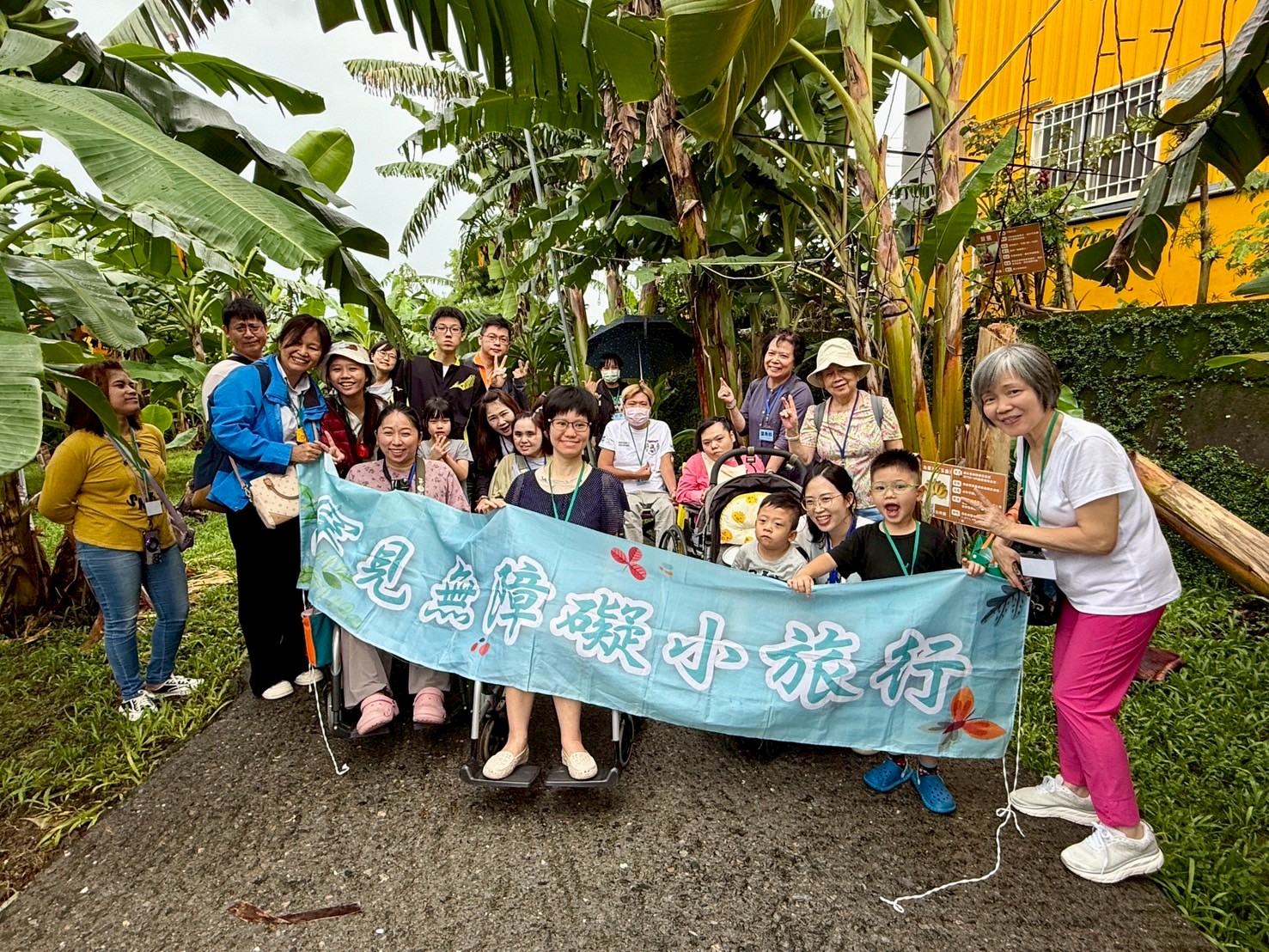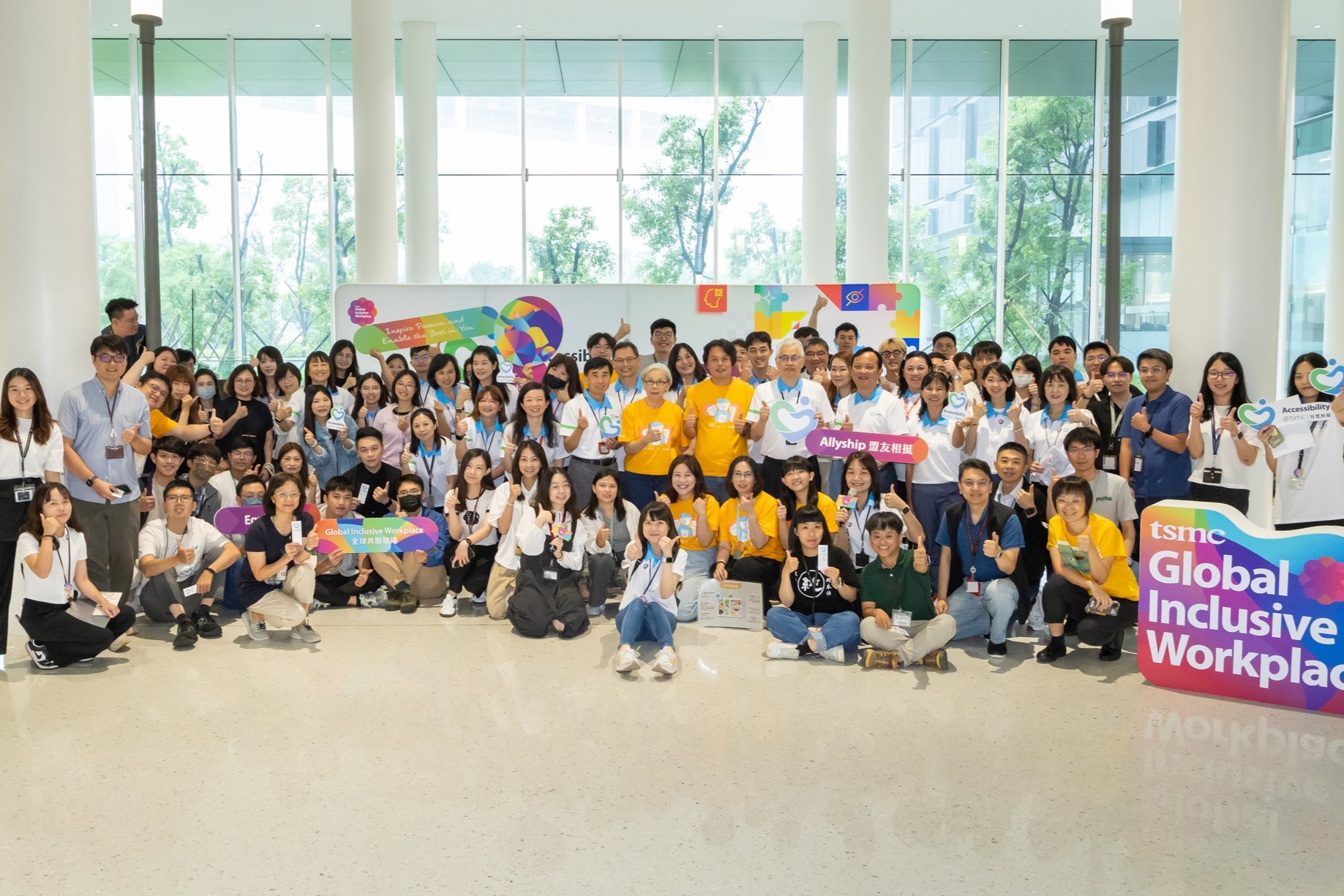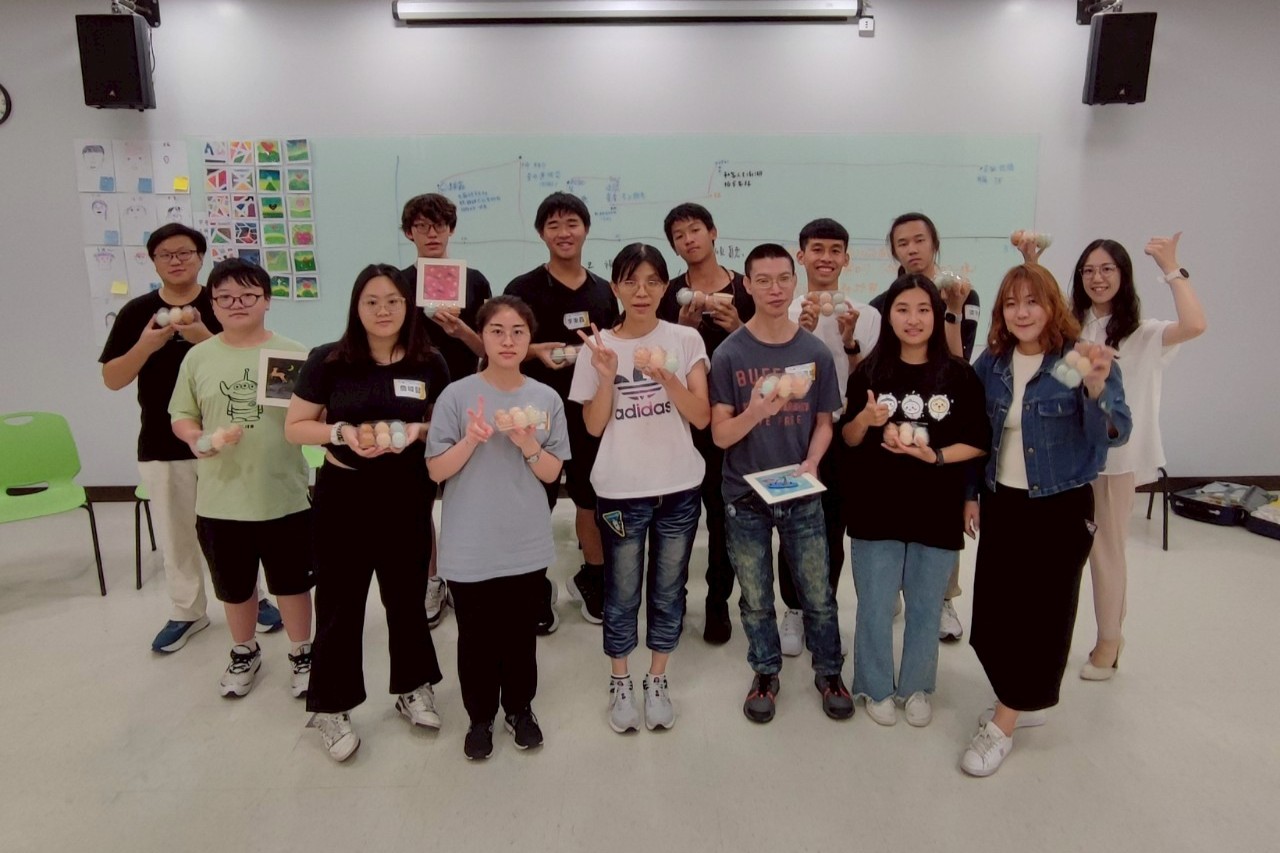News
Automated Assistive Devices Create Convenient Life
Rehabilitation is always an important task for rare disease patients as they work to continue to maintain physical function.
However, for those patients who are feeble or susceptible to infection and those who live in remote areas, it is very difficult to leave home frequently for rehabilitation treatment.
In order to assist patients who are being cared at home to rebuild their lives, the Taiwan Foundation for Rare Disorders (TFRD) launched a home rehabilitation guidance service.
The TFRD tailor made its home rehabilitation programs and trainings on self-care skills in collaboration with specialists and language therapists as part of its efforts to help rare disease families along a long road to rehabilitation.
Muscular dystrophy has made eating and walking more and more difficult for Ms. Yang since her muscle strength has gradually deteriorated. She needs to rely on home attendants for most of her daily chores. As a result, Ms. Yang stayed in her room most of the time. Her room has no windows. Once the door is closed, it is airtight. Her doors and windows are mostly closed because she often feels cold. When she wants to get some fresh air, she needs to call someone to help open the door. When there is no home attendant, no one can help her.
To solve this problem, the TFRD commissioned Professor Yang Bing Xiang from the Department of Electrical and Computer Engineering of National Chiao Tung University to design a device to remote control her doors.
Yang’s team spent a great deal of effort and did several experiments on installation of the device without damaging her house’s interior. When Ms. Yang first opened her doors with the remote control, she had a big smile.
“Next time when TFRD staff visit me at home, I can open the door all by myself!” She said.
For rare disease patients, assistive devices do not just serve as electric auxiliary equipment, but more importantly allow these patients live more independently and freely. The TFRD plans to work with more professional teams to improve existing devices or design tailor-made tools to help rare disease patients to lead a better and more independent life.
Translator: William Luo (MPS), Reviewer: Alex Chiang

